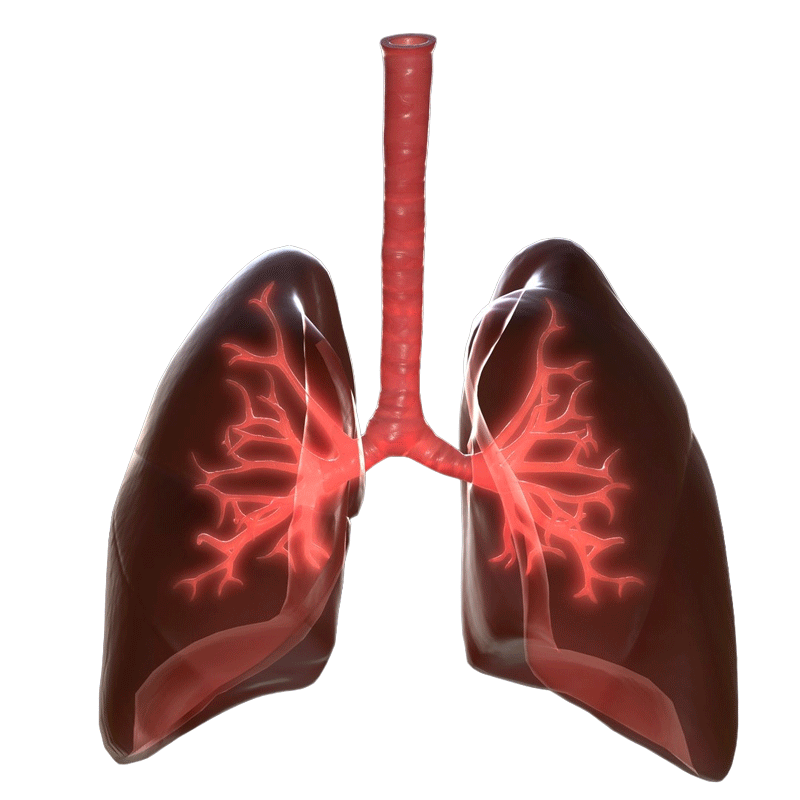Respiratory System

The respiratory system enables breathing, oxygen exchange, vocalization, immune defense, and pH balance. It includes the lungs, airways, diaphragm, pleura, and extensive vascular networks. Herbs that support this system primarily reduce inflammation, soothe irritated mucosa, modulate immunity, clear congestion, and strengthen overall respiratory function.
Relevant Herbal Actions:
Herbal Allies:
- inhalation: diaphragm contracts, thoracic volume ↑
- exhalation: diaphragm relaxes, volume ↓
- O₂ diffusion into blood
- CO₂ diffusion into alveoli
- O₂ → tissues
- CO₂ → blood
- O₂ mostly bound to hemoglobin
- CO₂ mostly as bicarbonate
- breath rate adjusts CO₂ → modifies pH
- nasal hairs, mucus, cilia, sneezing, coughing
- immune factors (IgA, macrophages, lysozyme)
- vibration of vocal folds
- scent molecules → olfactory receptors
- warms, humidifies incoming air
- conserves heat/moisture on exhalation
- thoracic pressure changes aid venous & lymph return
Upper Respiratory Tract
- Nasal cavity
- ciliated pseudo-stratified columnar epithelium
- mucous membrane
- vascular connective tissue
- Pharynx
- stratified squamous + ciliated epithelium
- skeletal muscle walls
- Larynx
- thyroid, cricoid, epiglottis cartilage
- skeletal muscles
- ciliated epithelium
Lower Respiratory Tract
- Trachea
- c-shaped hyaline cartilage rings
- ciliated epithelium with goblet cells
- Bronchi
- cartilage + smooth muscle + ciliated epithelium
- Bronchioles
- smooth muscle
- simple cuboidal epithelium
- Alveoli
- simple squamous epithelium
- elastic fibers surrounded by capillaries
Lungs
- Right lung: 3 lobes
- Left lung: 2 lobes
- Elastic connective tissue, vascular network, alveoli
Pleura
- Visceral + parietal pleura
- Serous membranes, simple squamous epithelium
Respiratory Muscles
- Diaphragm (skeletal muscle, autonomic control)
- External & internal intercostals
Alveolus
- Type I pneumocytes (simple squamous)
- Type II pneumocytes (surfactant-producing)
- Alveolar macrophages
- Capillary endothelium
- Shared basement membrane
Neurological + Regulatory
- Medulla oblongata + pons: rhythm, rate, depth
- Phrenic nerve: diaphragm control
- Intercostal nerves
- Chemoreceptors: detect O₂, CO₂, pH